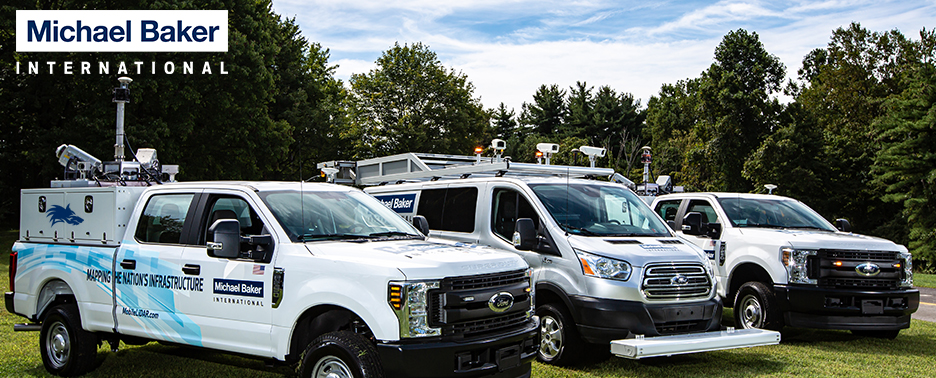Nearly a year ago, I wrote a posting titled Measurement Systems Part 2 - Lasers and Cameras. In it, I first presented how the combination of the Mobile LiDAR data and imagery from the system's on board cameras are combined to create colorized point clouds. Having a broad static scanning background, I often went through great lengths to recapture pictures to improve the colorized cloud. We face similar challenges with the Mobile LiDAR system. With proper planning, patient operators, creative scheduling and a little bit of luck, the results can be impressive.
Below is an image captured from one of the cameras positioned on the rear of the platform and facing backward. As you can see, the trees cast shadows across the road surface. Collecting multiple passes down the road would create additional shadows at different angles.
The image below is the colorized point cloud. We colorized one pass (two strips) down this rural road. The cross hatch pattern created by the two sensors is clearly visible at the bottom of the image.
The below image clearly shows the concrete/asphalt transition, pavement markings and other roadway characteristics.
Wikipedia states: "The adage "A picture is worth a thousand words" refers to the idea that a complex idea can be conveyed with just a single still image. It also aptly characterizes one of the main goals of visualization, namely making it possible to absorb large amounts of data quickly." I'm curious how a colorized point cloud would be described.
In the coming posts, I will present how else we are utilizing the images captured by our Mobile LiDAR system.
Enjoy!
Stephen



















































